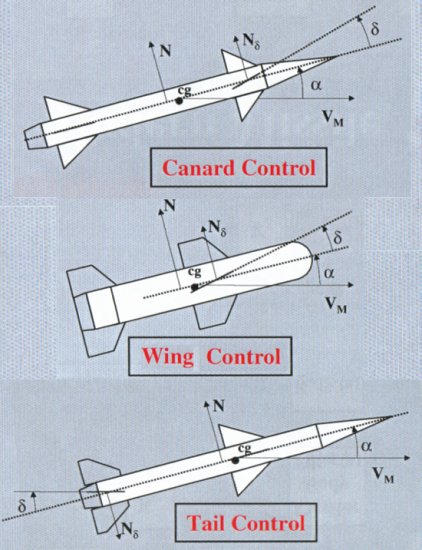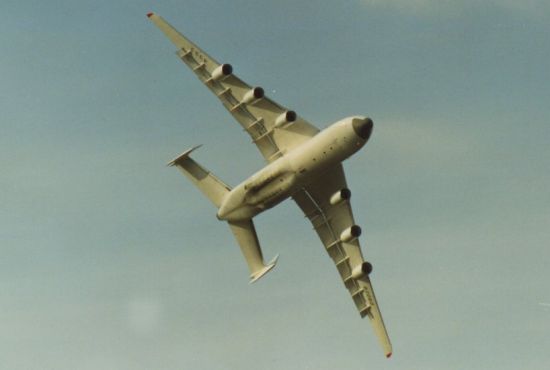Sputnik at 50: An improvised triumphBy VLADIMIR ISACHENKOV,
Associated Press Writer Sun Sep 30, 1:01 PM ETMOSCOW -
When Sputnik took off 50 years ago, the world gazed at the heavens in awe and apprehension, watching what seemed like the unveiling of a sustained Soviet effort to conquer space and score a stunning Cold War triumph.ADVERTISEMENTBut 50 years later, it emerges that the momentous launch was far from being part of a well-planned strategy to demonstrate communist superiority over the West. Instead, the first artificial satellite in space was a spur-of-the-moment gamble driven by the dream of one scientist, whose team scrounged a rocket, slapped together a satellite and persuaded a dubious Kremlin to open the space age.And that winking light that crowds around the globe gathered to watch in the night sky? Not Sputnik at all, as it turns out, but just the second stage of its booster rocket, according to Boris Chertok, one of the founders of the Soviet space program.In a series of interviews in recent days with The Associated Press, Chertok and other veterans told the little-known story of how Sputnik was launched, and what an unlikely achievement it turned out to be.Chertok couldn't whisper a word about the project through much of his lifetime.

